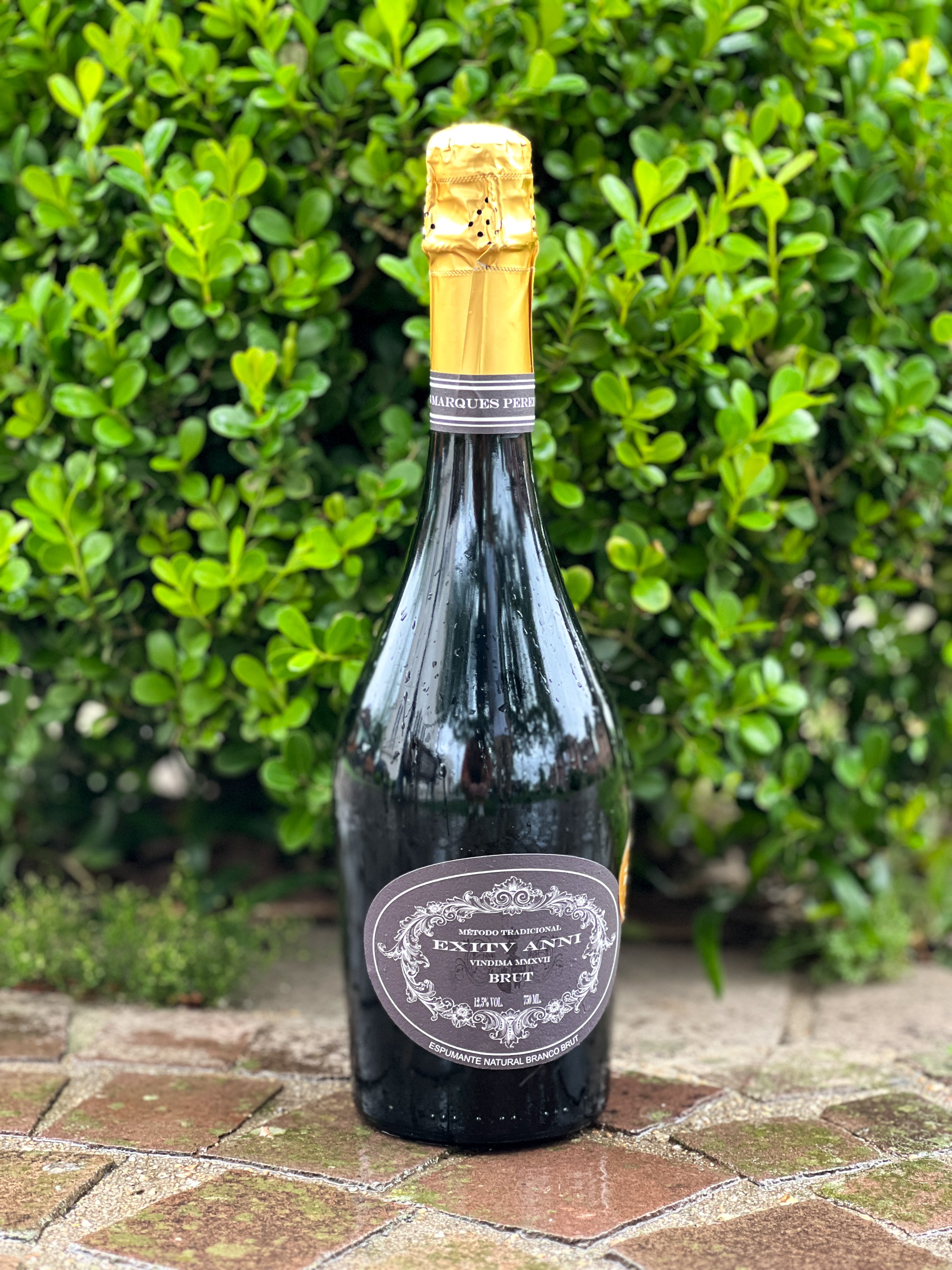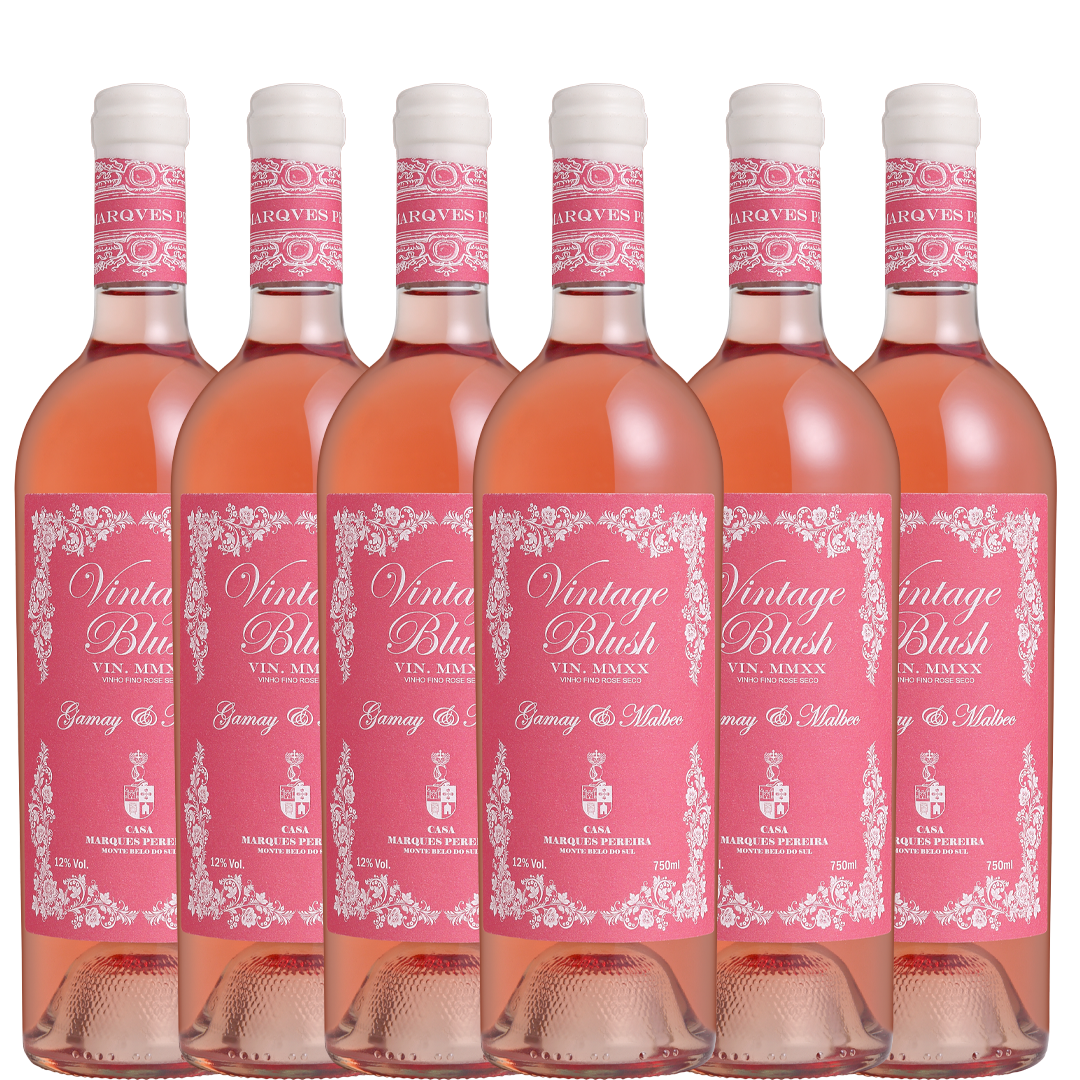Pairing Guide: Cheeses and Wines
Cheese and wine are two of the greatest culinary pleasures; pairing them perfectly can be a deliciously challenging task. We've listed the main tips to ensure the best possible experience.
Wines and cheeses have been served side-by-side at tables around the world for centuries. In a time when the water in some places wasn't as reliable, wine naturally took on a prestigious role during meals. Even though at that time there wasn't as much concern about the perfect pairing, just like cuisine, the art of harmonization has also evolved.
Many modern classics of food and wine pairing have emerged from this connection, and various icons of the wine world have evolved to become partners with the dishes served. The connection between these elements, so deeply rooted in local culture, has become commonplace in wineries, bars, restaurants, or simply any gathering of friends. A cheese and wine tasting table is too inviting to be ignored.
Basic rules in harmonization
It's interesting to note that for a long time the premise persisted that the origin of cheeses and wines was the foundation of a proper pairing; that harmonizing was an exercise in respecting locality. Understanding the reasons behind this concept is important to accept its truth, but also to transcend the mantra and achieve extraordinary combinations.
We need to understand that wines and cheeses evolved in times when travel wasn't as common, and that local wines were drunk with local cheeses, and the fungi and bacteria, also local, helped define the flavors, colors, and aromas of both. This long journey of development has always aimed at their union, while the evolution of society made it possible for these delicacies to travel the world individually. Understanding these characteristics and including some fundamental tips in your judgment are key to discovering the best pairings. Oh, and lots of practice, of course.
-Harmonize cheeses and wines of similar intensity: The number one rule is to balance the intensity. This means that lighter, more delicate wines pair well with cheeses that have more subtle flavors and less aging.
- Pair saltier cheeses with sweeter wines: Hard cheeses, which are naturally saltier, can be more tiring on the palate. Combining them with a wine, or especially a sparkling wine with good acidity, will encourage salivation to compensate and balance the flavor. Pairing blue cheeses with sweeter wines is great for the same reason.
-Pair creamy cheeses with sparkling wines: Another way to enjoy the pronounced acidity of sparkling wines is to combine them with creamy cheeses to achieve a contrast in textures and prepare your palate between bites.
Types of cheeses and their combinations
There are as many types and varieties of cheese as it is possible to create. Each village, each town seems, invariably, at some point in its history to develop a unique and special recipe for a good type of cheese. This infinity of possibilities makes a definitive classification somewhat difficult; many ways of classifying cheeses are possible, whether by their texture, content, or flavor. Let's talk a little more about each type according to its maturation time.
-Fresh Cheese: This category includes cheeses that are consumed soon after being made and have a higher moisture content. They have more delicate flavors and therefore pair well with lighter wines with moderate acidity. Minas Frescal cheese, Ricotta, and Mascarpone are excellent examples. Try pairing a good piece of Feta cheese with the richness of Vintage Blush Rosé Gamay and Malbec.
-Soft Cheeses: These are cheeses with a very soft texture and little aging, widely used in cuisines around the world and present in thousands of recipes. Mozzarella and Prato are incredibly versatile and delicious even on their own. With their characteristic flavors, they pair very well with a vibrant red wine like Segredos da Adega Pinot Noir.
-Semi-aged or Semi-cured Cheese: Cheeses that can still be considered young, have a firmer texture, despite having an elastic rind. In this group, the production techniques are more diverse and can bring very particular nuances. We can highlight Colonial cheese, Coalho cheese, and Cheddar, in addition to the iconic Gruyere and Gouda; the latter, in its more mature forms, elevates the experience when accompanied by Segredos da Adega Cabernet Sauvignon and its unique structure.
-Aged or Hard Cheese: During their preparation, the curd of these cheeses is made drier by pressing, removing as much whey as possible and allowing for a very long life for curing and storage. Even though they can be consumed younger with milder flavors, these cheeses develop over the years, becoming harder, with a refined flavor and a certain spiciness. Famous cheeses such as Grana Padano, Edam, Emmental, and Pecorino. The Segredos da Adega Chardonnay , with its flavors acquired through 12 months of aging in oak barrels, pairs perfectly with the famous Parmesan cheese.
A special case
Some soft cheeses possess very particular characteristics due to a special process in their development. Cheese, like grapes and wines, is a product of intense life, constantly transforming through bacteria and fungi dedicated to delivering the best results. Some variants of Penicillium fungi have a great impact on the flavors and aromas of cheeses, especially Penicillium roqueforti and Penicillium camemberti. Sound a little familiar, don't you think?
These fungi act inside Gorgonzola and Roquefort cheeses and on the outside of varieties such as Camembert, Brie, and Corbozola, generating colonies that react with the acids and fats of the cheese to achieve the refined blue and creamy cheeses that we love. Nothing like an afternoon filled with laughter, generous slices of Brie cheese, and one (or several) bottles of EXITU ANNI Brut Sparkling Wine from the 2017 vintage .
Perhaps the most important rule of food and wine pairing is that no theory can surpass practical experience. Create and taste until you find the combinations that most please your palate.















